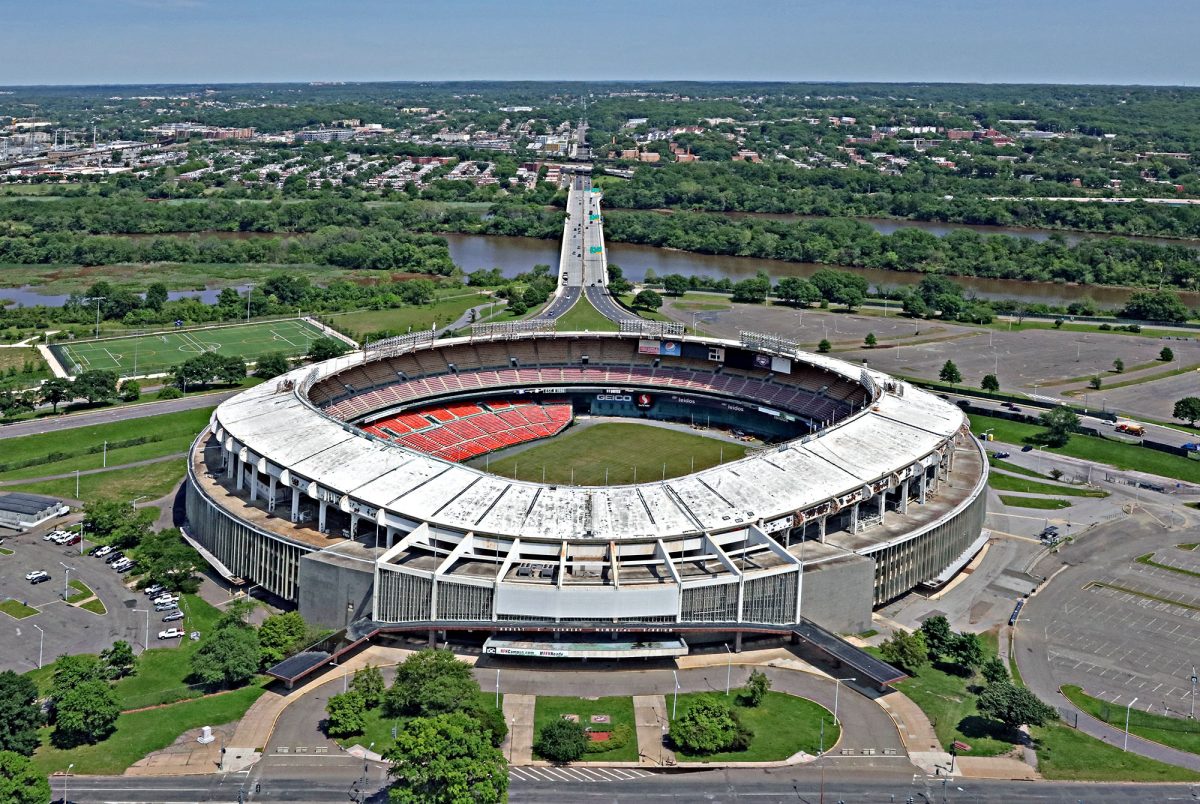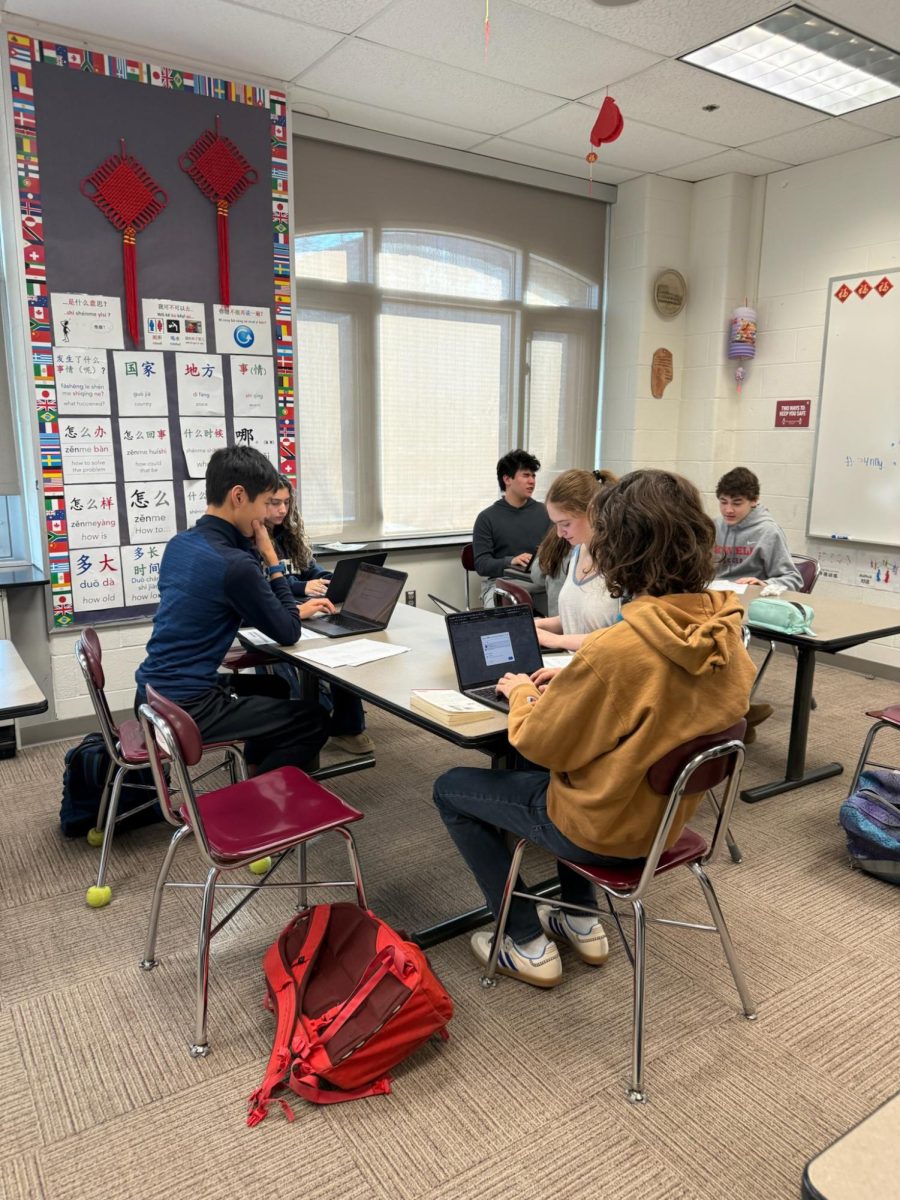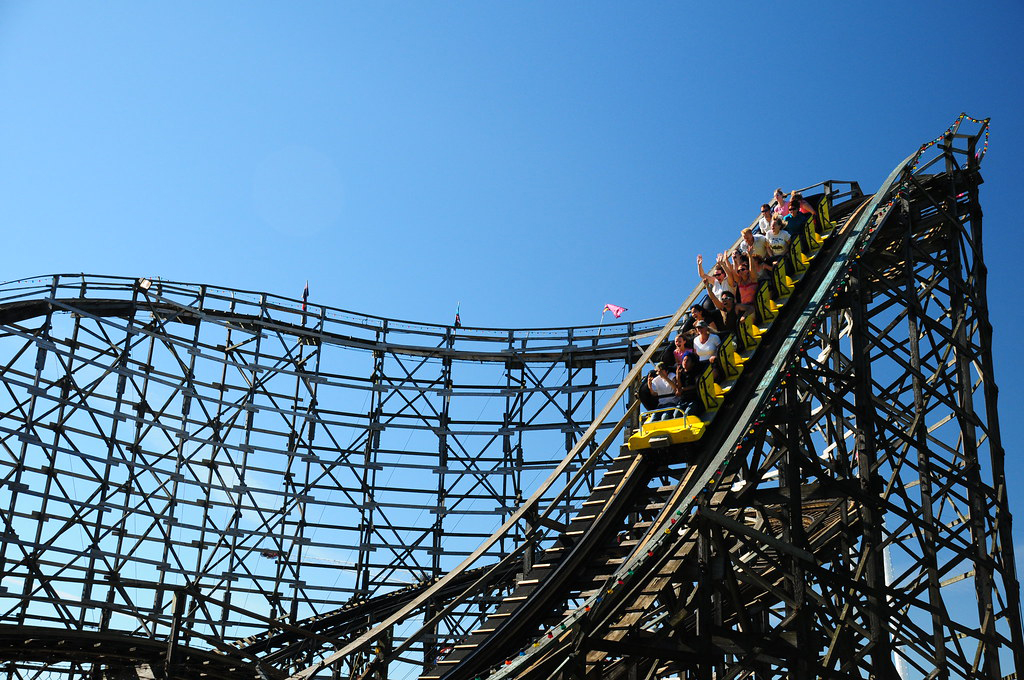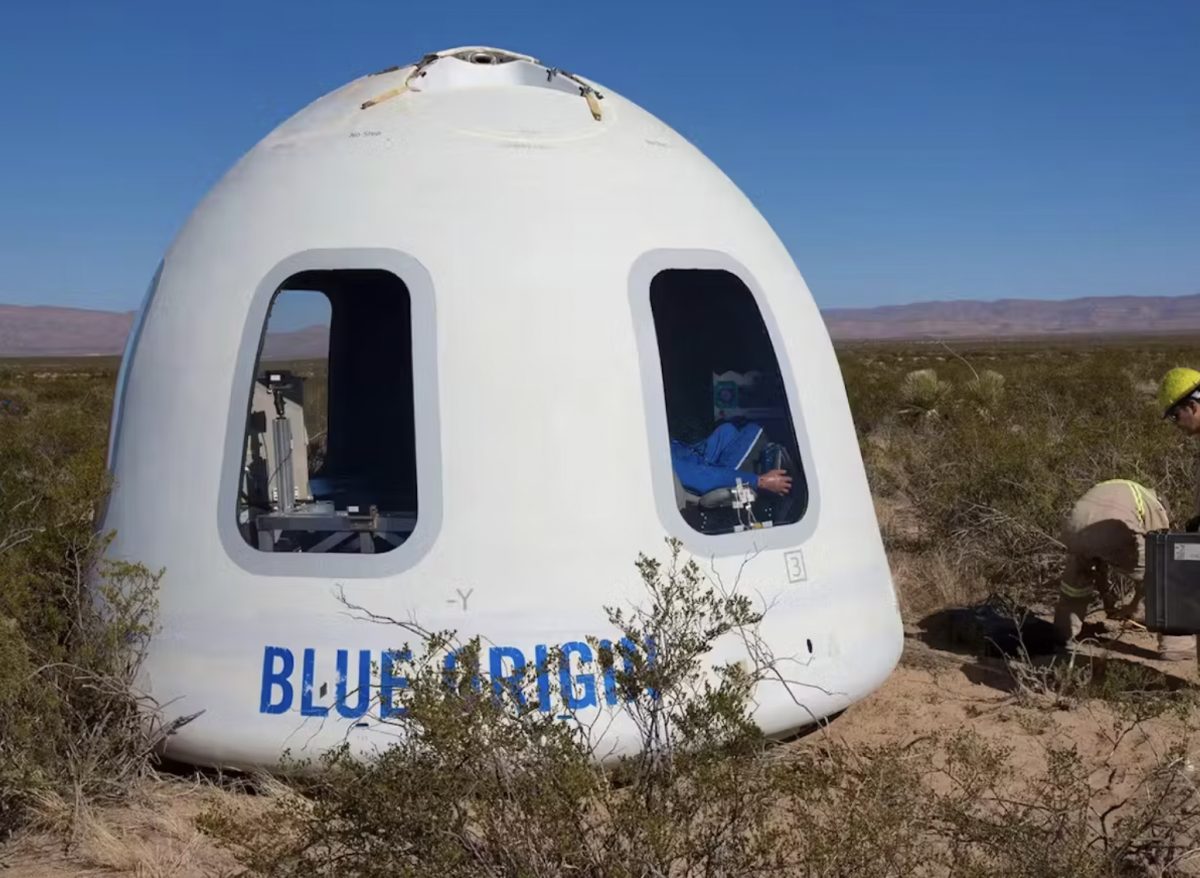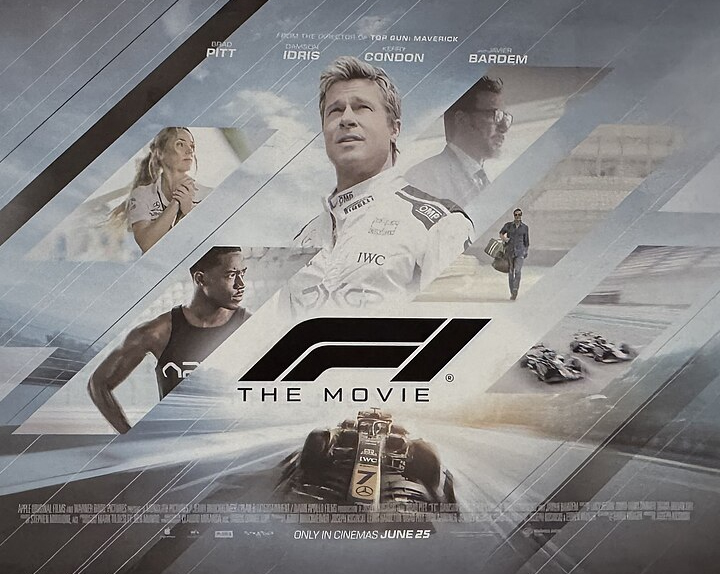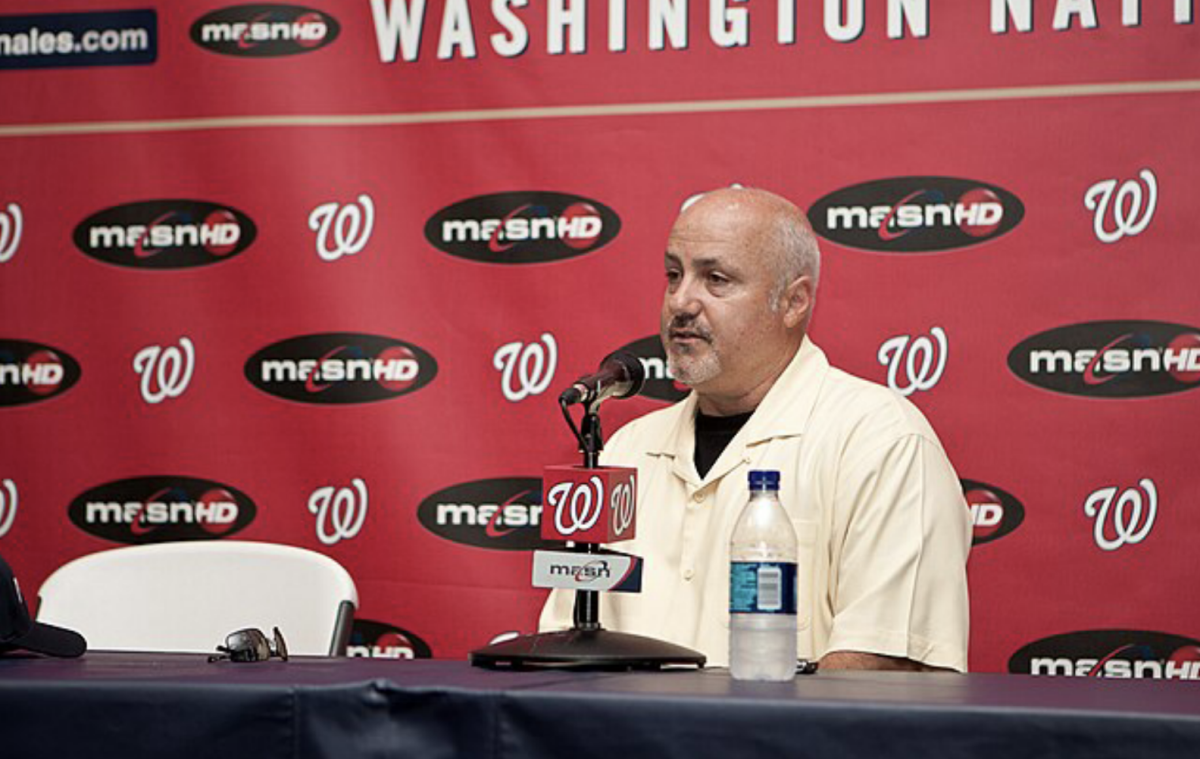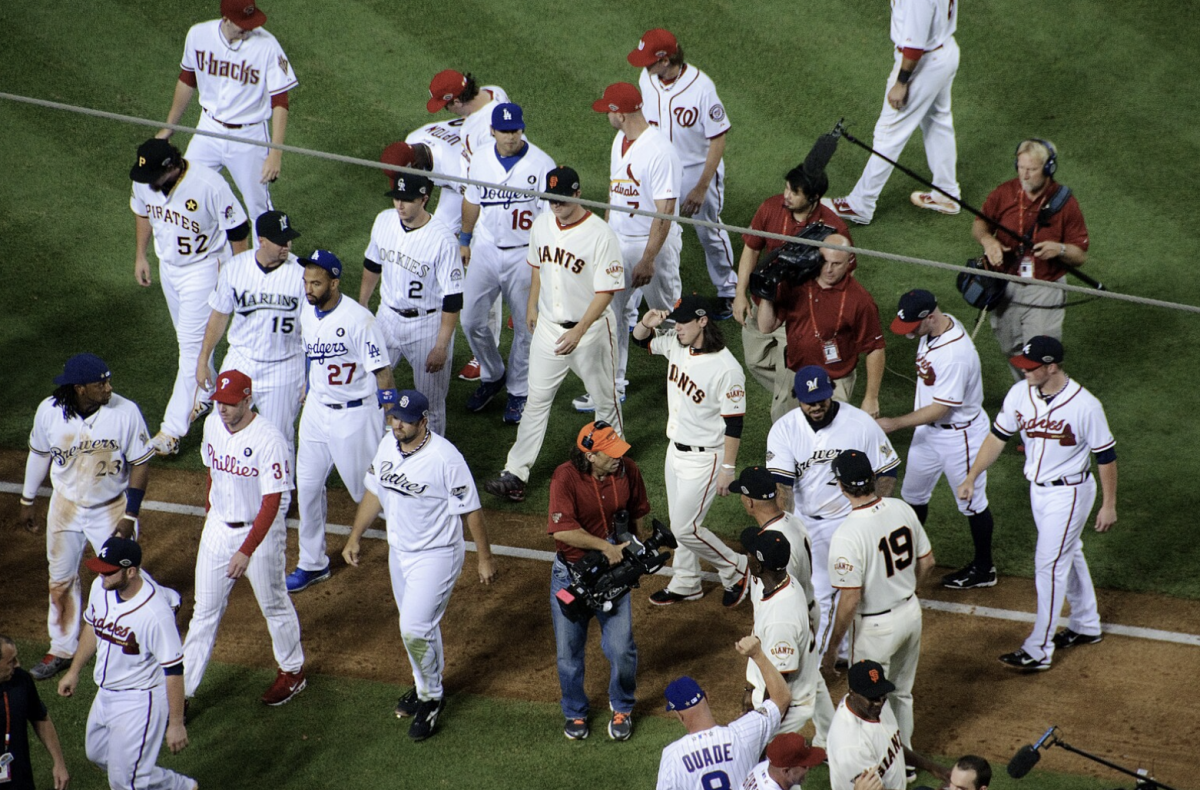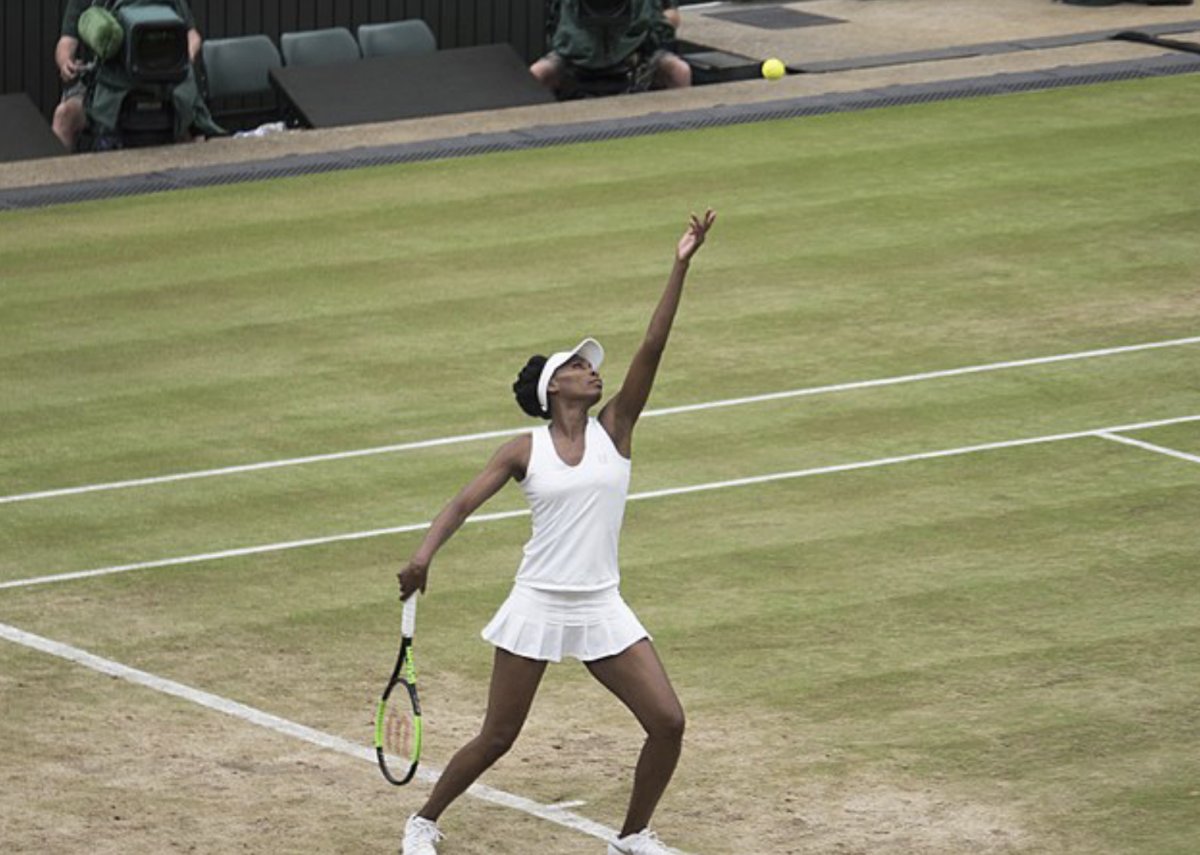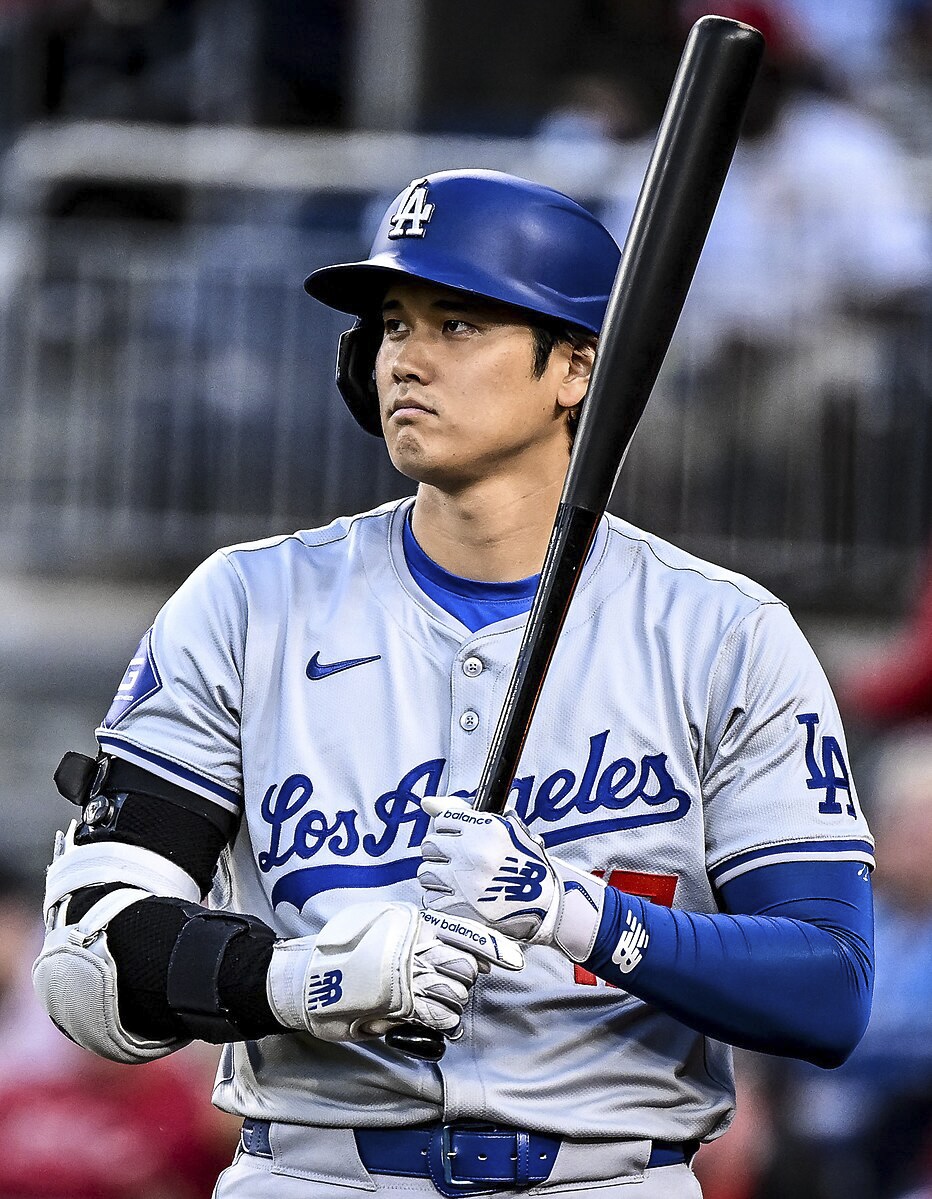This year, Major League Baseball saw one of the craziest postseasons in its illustrious history. From exciting upsets to McDonald’s mascots dancing in the crowd, this past season has been anything but conventional. With that said, the two teams slated to meet in the World Series were two of the most well-deserved and strongest organizations in the league.
Both the Dodgers and the Yankees entered the season with much to prove. In Los Angeles, Dodgers General Manager Brandon Gomes committed over $1 billion dollars to free agents in the off-season. Their marquee signings were two-way phenomenon Shohei Ohtani and young starting pitcher Yoshinobu Yamamoto.
In New York, the Yankees’ historically successful franchise came into the season with a 14-year World Series drought. With a potential front office overhaul and coaching staff coming with another failed season, Yankees General Manager Brian Cashman made a massive trade in the offseason to acquire former Washington Nationals superstar Juan Soto. Although Soto was set to reach free agency following the season, acquiring him this season still cost a hefty price.
Both teams were all in to open the season, and they did not disappoint. The Dodgers coasted through the regular season, winning nearly 100 games on their way to the playoffs. Despite not pitching due to injury, Shohei Ohtani put up one of the greatest offensive seasons in history on his way to what will likely be his third MVP.
In a season riddled by injury, Yamamoto’s regular high-quality performance kept the Dodgers bullpen stable. Other key contributors, such as outfielder Mookie Betts, first baseman Freddie Freeman and catcher Will Smith, put together great seasons in their own right.
The Yankees also made the playoffs in convincing fashion, led by Aaron Judge and Soto, the two-headed monster of MVP favorite and likely runner-up.
In fact, both teams entered the postseason as their league’s respective number-one seed. After a thrilling first three rounds of the playoffs, both the Yankees and Dodgers bested their opponents, earning a chance to play in the fall classic. The series was defined by three key factors: an incredible beginning, an all-time performance from one player and overall implications for the state of the game of baseball.
Despite the lopsided appearance of the series itself, as the Dodgers won four games to the Yankees one, each game was extremely close. For example, game one was an exciting affair that saw five late-inning lead changes capped off by one of the greatest sports moments ever.
The back-and-forth contest went into extra innings with the game tied 2-2. The Yankees scored in the top half of the inning, putting the pressure on the Dodgers offense. The game came to a head with two outs and the base loaded, with the Dodgers still down by one.
With a tight margin for error, Freeman, playing through a sprained ankle, came up and hit the first pitch for a walk-off Grand Slam. This Grand Slam, in the 120th World Series, was the first-ever walk-off Grand Slam.
However, this moment only began Freeman’s legendary Series run. Freeman had a 300 batting average in only five games, walloped four home runs and 12 in 12 runs batted in (RBIs). Those 12 RBIs tie a World Series record set in 1960 in a series that lasted seven games. Freeman matched it in only five games. With this performance, Freeman, of course, earned World Series MVP honors. Now, baseball fans can only wonder how legendary his performance would have been if the series had gone seven games.
The implications of the Series outside of the 2024 season alone are massive, not only for the Dodgers and the league, but for the game of baseball as a whole. Firstly, the Dodgers victory may mark the start of a new dynasty in the MLB. The Dodgers lineup has been constructed well enough to potentially win multiple World Series over the next couple of years. Baseball fans should not be surprised to see them back in the mix next October.
For the sport as a whole, the biggest takeaway from this series and the playoffs is the massive international viewership numbers, mainly from Japan. The idea that baseball is a dying game is not new. Similar ideas have floated around since the 1960s and even before then.
Despite what pop culture might say, the question is not whether baseball is dying, but rather whether or not its viewership is on an upward trajectory. Over the last 20 or so years, since the first World Baseball Classic in 2006, the MLB has been spearheading an operation to promote the game overseas.
The MLB chose to focus on Japan, a business move that has clearly paid off. Not only are some of the biggest MLB Stars now coming from Japan, including Ohtani and Yamamoto, but the viewership of MLB games is tremendous — this year in the United States, an average of 15.5 million people tuned into the World Series, while in Japan, over 13 million people tuned in on average. This incredible net increase in viewership is projected to continue in the coming years.
This year’s World Series was not only incredibly fun to watch, it also had massive implications for the future of the sport. Global support continues to rise, to the point where it seems baseball has never been in a better spot.














